Over the years I’ve had many friends ask me for advice on learning to cook and where to start. While creating your own recipe is great, I find that cooking with a recipe is the best place to start until you train yourself to recognize what techniques work and how to use different ingredients. This primer should give you the tools you need to effectively use every recipe you encounter.
1. Read the recipe
This is the most important part of cooking from a recipe yet it’s a step that I still manage to screw up from time to time. It’s also a step that you’ll want to repeat a number of times during the cooking process.
For your first read of the recipe, pay careful attention to the ingredients and equipment the recipe requires. Make sure that the ingredients you don’t already have can be found where you live and that you can afford them. (For example, I skip recipes that call for truffles… I can’t find them locally and, even if I could, I wouldn’t be able to afford them.) Ask yourself which ingredients you already have and put the ones you don’t have on your grocery list.
Do the same for the equipment the recipe calls for. Does the recipe call for a food processor? Do you have one? Are you willing to buy one? Can you substitute something else such as a blender or really amazing knife skills? Again, make sure you have, or can acquire, the tools necessary to prepare the recipe.
If there is a technique with which you’re unfamiliar, this would be a good time to research it. Look it up on Google or search for a video of the technique on YouTube.
2. Establish a timeline for preparing the recipe (Read the recipe again)
This is, without a doubt, the step where my cooking always runs into problems and makes me think, “Gwen, you know you need to read the recipe!!”
Carefully read the instructions, this time paying close attention to the times stated in the recipe. Look for steps that are stated in hours or days – those might hamper plans for a quick Monday night dinner. If the recipe says “coat in salt and refrigerate overnight,” you want to know when you’re planning the meal that you should start a day in advance. If the dish needs to slow cook for 2 hours in a low oven, that’s something to take note of so you don’t make the recipe on a day you’re pressed for time.
Try to establish a timeline for the recipe, either on paper or in your head. I tend to use paper since it appeals to my list-making nature. Think about which steps of the recipe are unattended – the ones where you can just walk away and let some ingredients do their own thing for a while. Think about which steps of the recipe will require constant attention. You can probably watch a movie while letting dough rise, but don’t try to when you’re cooking a risotto.
3. Gather equipment
I have a rather small kitchen, so most of my gadgets live in the utility room. There are few things worse than having to stop in the middle of food prep to go grab some tool that I need in order to continue cooking. It breaks my stride; it takes me out of The Zone!
So I suggest that you gather all of the things you’ll need before you start cooking – especially if you need someone else to grab it from the top shelf.
Note: This step might be modified by the findings in step 2. If you need a bowl to mix dough in today, but won’t be cooking it until tomorrow, feel free to leave your bread pan where it lives until tomorrow.
4. Gather all of the ingredients
This step logically follows the previous one and exists for the same reason. Gather your ingredients so they’re all close by. This is also a good time, before you start doing any food prep or actual cooking, to ensure that you really do have all the ingredients you need.
Not that I’ve ever started cooking to realize I’m missing some key important ingredient… oh no. If you gather all of your ingredients in the beginning, you can afford having to run (or send someone else to run) to the store in the middle of cooking.
Note: This step might also be modified by the findings in step 2. If you need to marinate meat for a few hours, you can leave the ingredients for the sauce you’ll serve it with in the fridge for a few hours.
5. Prepare ingredients (Read the recipe again)
Chefs have this thing called “mise en place” that means “everything in place.” The techniques that chefs use can benefit home cooks like me, and probably you too!
Start by reading the recipe again. If the recipe has a lot of ingredients, I might even make another list for the order in which I need to prepare things. I try to cut the vegetables first and save the meats for last so I don’t need to worry about the meat contaminating things.
If the recipe calls for ingredients to be added to the pot at the same time, put them in the same small bowl or plate after you’ve prepared them. For example, many recipes call for garlic and ginger to be added at the same time so, when I’m prepping for those recipes I’ll place the garlic and ginger together in a small bowl. This saves my dishwasher from washing 20 little bowls and makes it so he only needs to wash 3 or 4. A happy dishwasher makes for a happy home.
The important part of this step is that you prepare the ingredients. Do all the chopping now. Measure your spices now. Have everything ready so that when you start cooking, you can cook and not have to stop, and risk overcooking something, because you didn’t prep in the beginning.
I used to think that I could prepare ingredients as I went, but cooking has become so much more pleasant now that I take the time to prepare before I start cooking. I do believe that every recipe really should have a first step of “prepare all ingredients.”
Note: This step might also be modified by the findings in step 2. Although I often do find it useful to prepare everything at once anyway, this assumes it will keep in its prepped state. Use your best judgment.
6. Cook! (And read the recipe, yet again)
Now that you have all of your ingredients ready, and all of your tools close at hand, start cooking!
7. Bon Appetit!

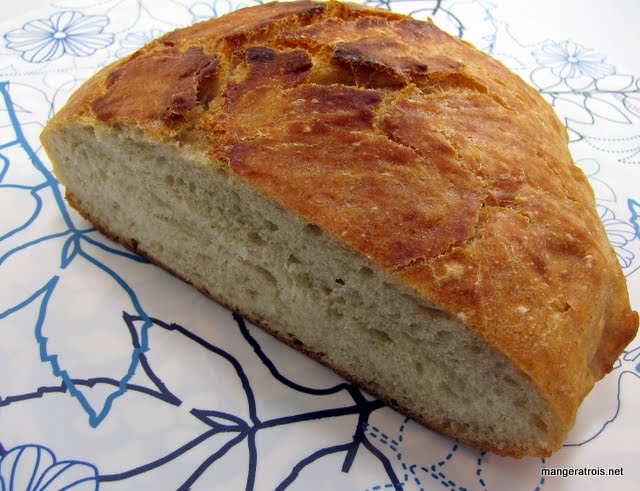
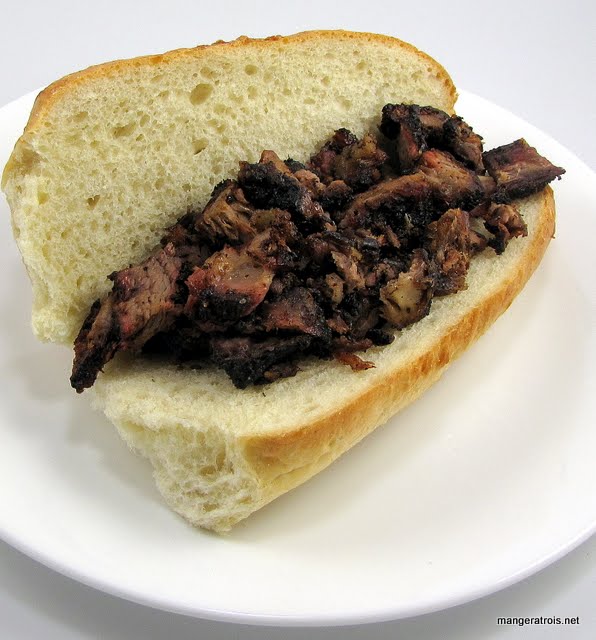
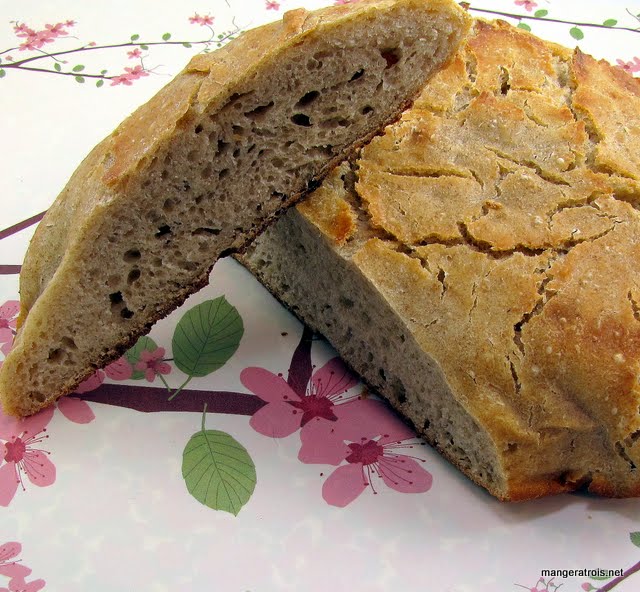
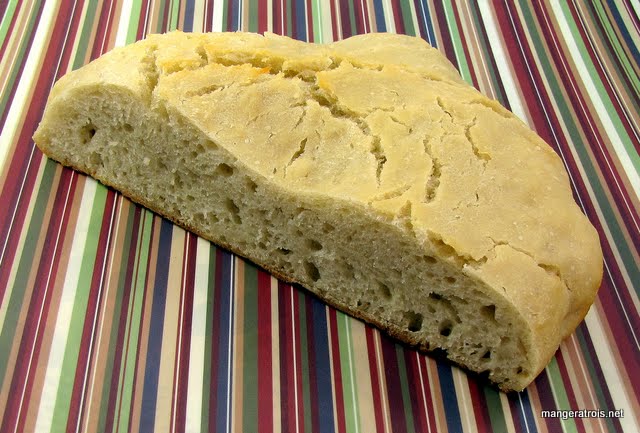

 Here is the beautiful egg! It’s the large size which we felt would be perfect for the three of us plus any guests we might want to feed. The shelves on either side collapse and lay flat against the grill.
Here is the beautiful egg! It’s the large size which we felt would be perfect for the three of us plus any guests we might want to feed. The shelves on either side collapse and lay flat against the grill. 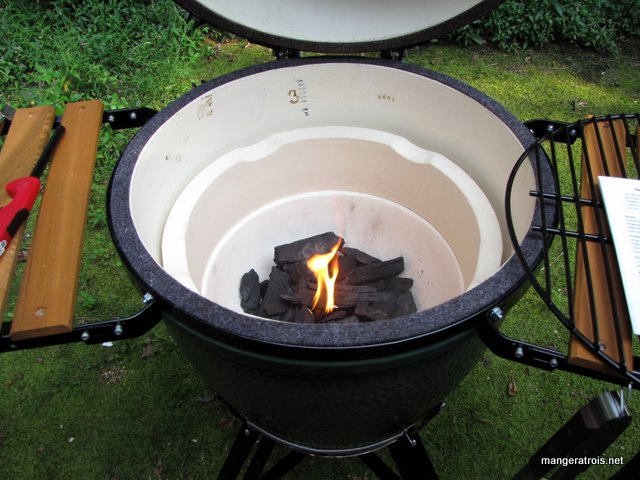 This shows the coals right after I lit the firestarter thing in the middle.
This shows the coals right after I lit the firestarter thing in the middle. 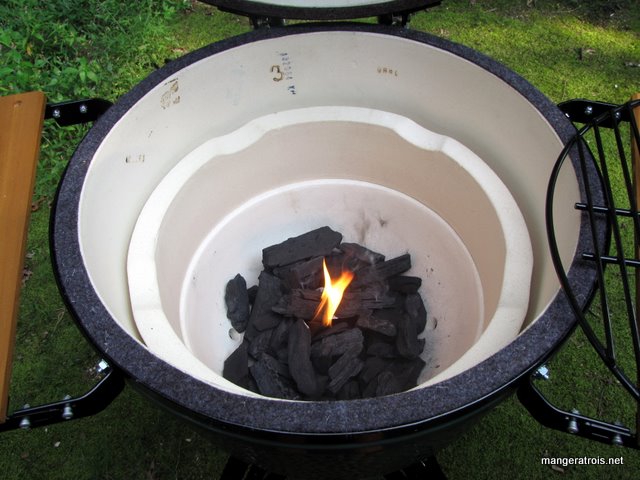 Inside the egg.
Inside the egg.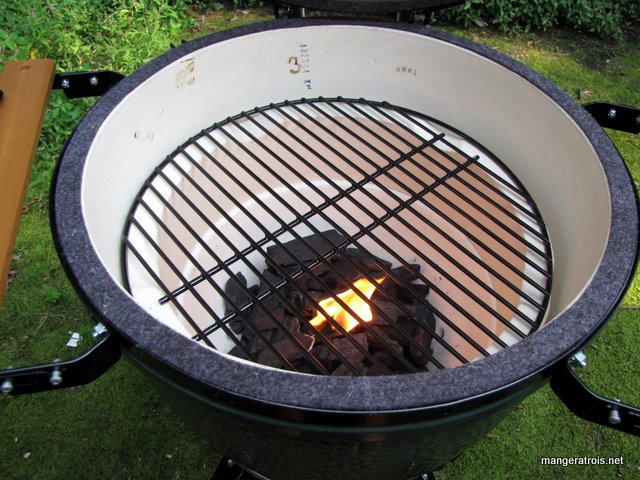 And once I felt certain that the coals were actually going to catch, the grate went on top of the ceramic ring thing.
And once I felt certain that the coals were actually going to catch, the grate went on top of the ceramic ring thing. 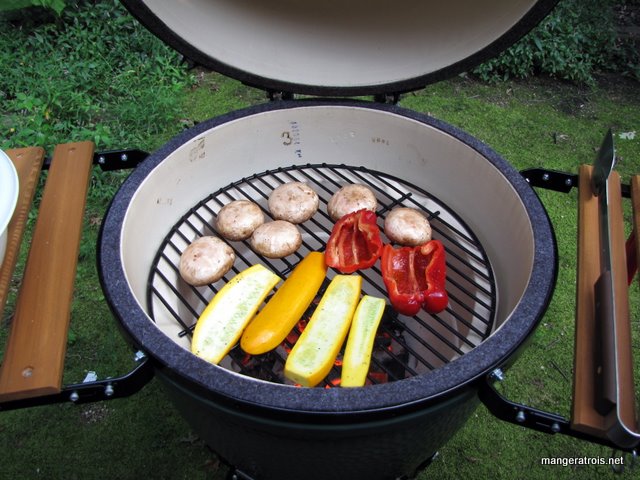 Veggies onto the grate!
Veggies onto the grate! And then the corn went on the grill. Afterward, I grilled fantastic hamburgers and we ate dinner.
And then the corn went on the grill. Afterward, I grilled fantastic hamburgers and we ate dinner.